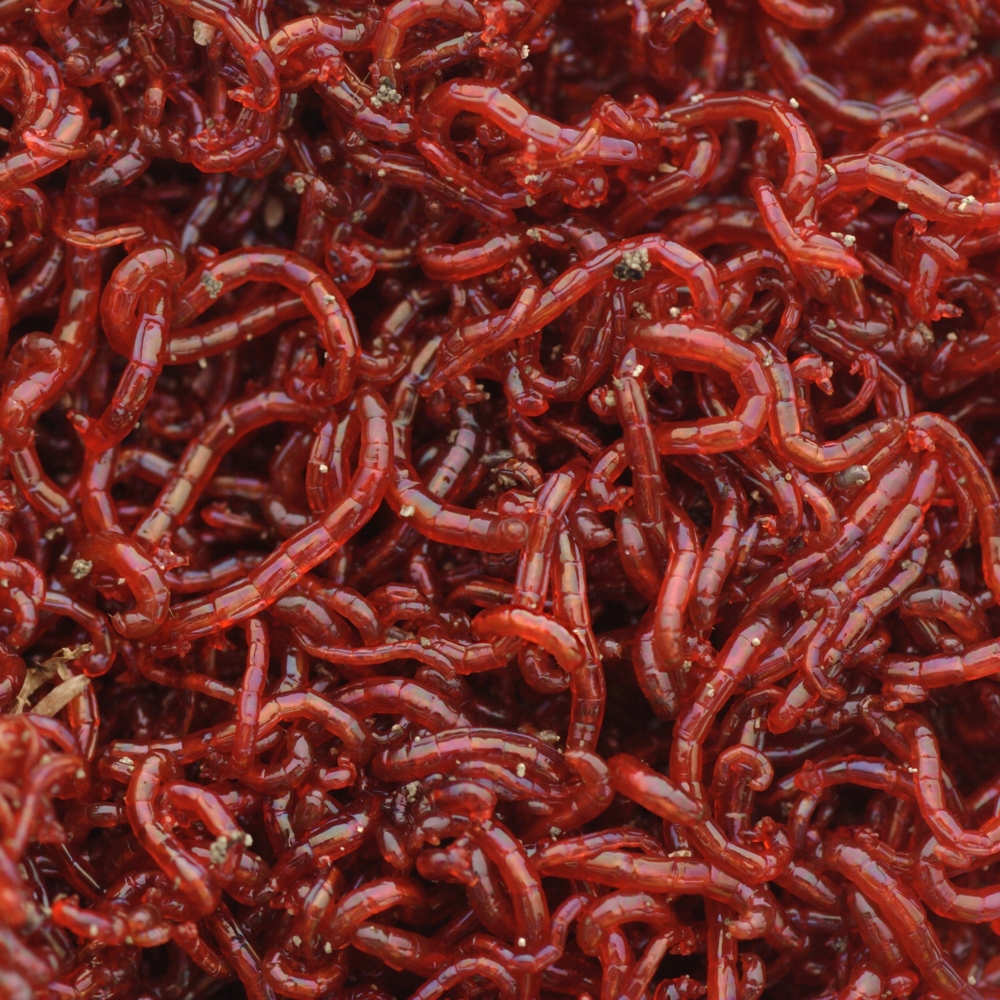Red Wigglers: Your Eco-Friendly Service for a Greener Yard
Red wigglers, or Eisenia fetida, offer a lasting method to enhancing garden health through vermicomposting. By integrating red wigglers right into your gardening practices, you can efficiently take care of waste while supporting a vibrant ecosystem.
(Lake Rhodhiss Worms)
What Are Red Wigglers?
Although often mistaken for regular earthworms, red wigglers (Eisenia fetida) are an unique species known for their effectiveness in composting raw material. These worms flourish in rich, organic environments, such as compost piles and vermicomposting systems, where they play a critical duty in breaking down waste. Unlike their even more typical equivalents, red wigglers favor a warmer environment, normally between 55 ° F and 77 ° F, which optimizes their activity and productivity.
Red wigglers are identified by their reddish-brown coloration and segmented bodies, which can mature to 4 inches in length. They have an one-of-a-kind capacity to eat and absorb organic products at an outstanding price, refining as much as half their body weight daily. This quick decay procedure not just enriches the dirt however also adds to the general wellness of the yard community.
In terms of recreation, red wigglers are prolific, qualified of producing cocoons that contain multiple eggs. This permits fast populace development, making them an optimal choice for composting endeavors. Their flexibility and ravenous hunger for natural waste placement red wigglers as an essential ally for eco aware garden enthusiasts looking for lasting techniques.
Benefits of Using Red Wigglers
Utilizing red wigglers in the garden offers numerous advantages that enhance both dirt top quality and plant health. These earthworms are extraordinary decomposers, breaking down raw material such as cooking area scraps and backyard waste into nutrient-rich castings. These castings, commonly described as "worm gold," offer essential nutrients that boost dirt fertility, promoting vibrant plant development.
Red wigglers also improve dirt structure. Their burrowing task aerates the soil, promoting far better water infiltration and root penetration. This results in a healthier root system, which is crucial for nutrient uptake and overall plant vitality. The presence of red wigglers increases microbial activity in the soil, developing a thriving ecosystem that contributes to condition resistance and improved plant wellness.
Another significant benefit of utilizing red wigglers is their capability to minimize waste. By composting natural materials through vermicomposting, garden enthusiasts can draw away waste from land fills while concurrently improving their soil. This environment-friendly technique not just supports lasting practices but likewise promotes a much healthier setting. In summary, incorporating red wigglers into horticulture methods returns substantial benefits, making them an important addition to any kind of eco-conscious garden.
(Lenoir Worm Farms)
How to Beginning Vermicomposting
To start vermicomposting, it's important to create an appropriate atmosphere for red wigglers to grow, as their success directly influences the effectiveness of the composting process. Beginning by choosing a container, such as a plastic or wooden bin, with adequate water drainage and ventilation. A size of around 2 square feet is suitable for a home, permitting a convenient worm population.
Next, prepare bed linen product that is moist however not extremely damp. Shredded paper, cardboard, and coconut coir are outstanding selections, giving a comfy habitat while additionally acting as a carbon source. Load the bin with 4 to 6 inches of bedding.
After developing the bed linens, present your red wigglers. A normal starting population is regarding 1 extra pound of worms, which can eat approximately half a pound of food scraps daily. It is vital to add food scraps progressively, focusing on veggie peelings, fruit waste, and coffee premises, while staying clear of meat, dairy, and oily foods to avoid smells.
Preserving a Healthy And Balanced Worm Bin
When your red wigglers are worked out into their brand-new bedding, preserving a healthy and balanced worm bin comes to be vital to guarantee ideal composting conditions. Ideally, the worm container need to be maintained damp however not soaked; a moisture level around 60-70% is ideal.
Temperature control is similarly essential. Red wigglers flourish in settings in between 55 ° F and 77 ° F(13 helpful resources ° C to 25 ° C) Stay clear of exposing the container to extreme temperatures; severe warm can kill the worms, while extreme cold can slow their activity.
Oygenation is vital to prevent anaerobic conditions, which can lead to unpleasant smells and hurt the worms. Turn the bed linens delicately every couple of weeks to promote air movement and distribute food evenly.
Feeding your red wigglers is an additional critical facet. Offer a balanced diet regimen of kitchen area scraps, staying clear of citrus and spicy foods, which can be damaging to their health. By on a regular basis checking these variables, you can make certain a thriving ecosystem within your worm container.

Tips for Utilizing Worm Castings
Consistently integrating worm castings right into your garden can dramatically enhance dirt health and plant development. To efficiently make use of worm castings, begin by identifying the suitable application price, which normally ranges from 10-20% of the total soil quantity. This makes sure optimum nutrient schedule without frustrating your plants.
When applying worm spreadings, mix them into the leading couple of inches of dirt around established plants or include them right into your seed-starting mix for new seed startings. In addition, think about producing a worm tea by soaking worm spreadings in water for 24-48 hours.

Conclusion
The utilization of red wigglers in horticulture practices offers a sustainable approach to lose management and soil enrichment. The combination of red wigglers right into horticulture routines eventually sustains both ecological balance and agricultural efficiency. red worms.